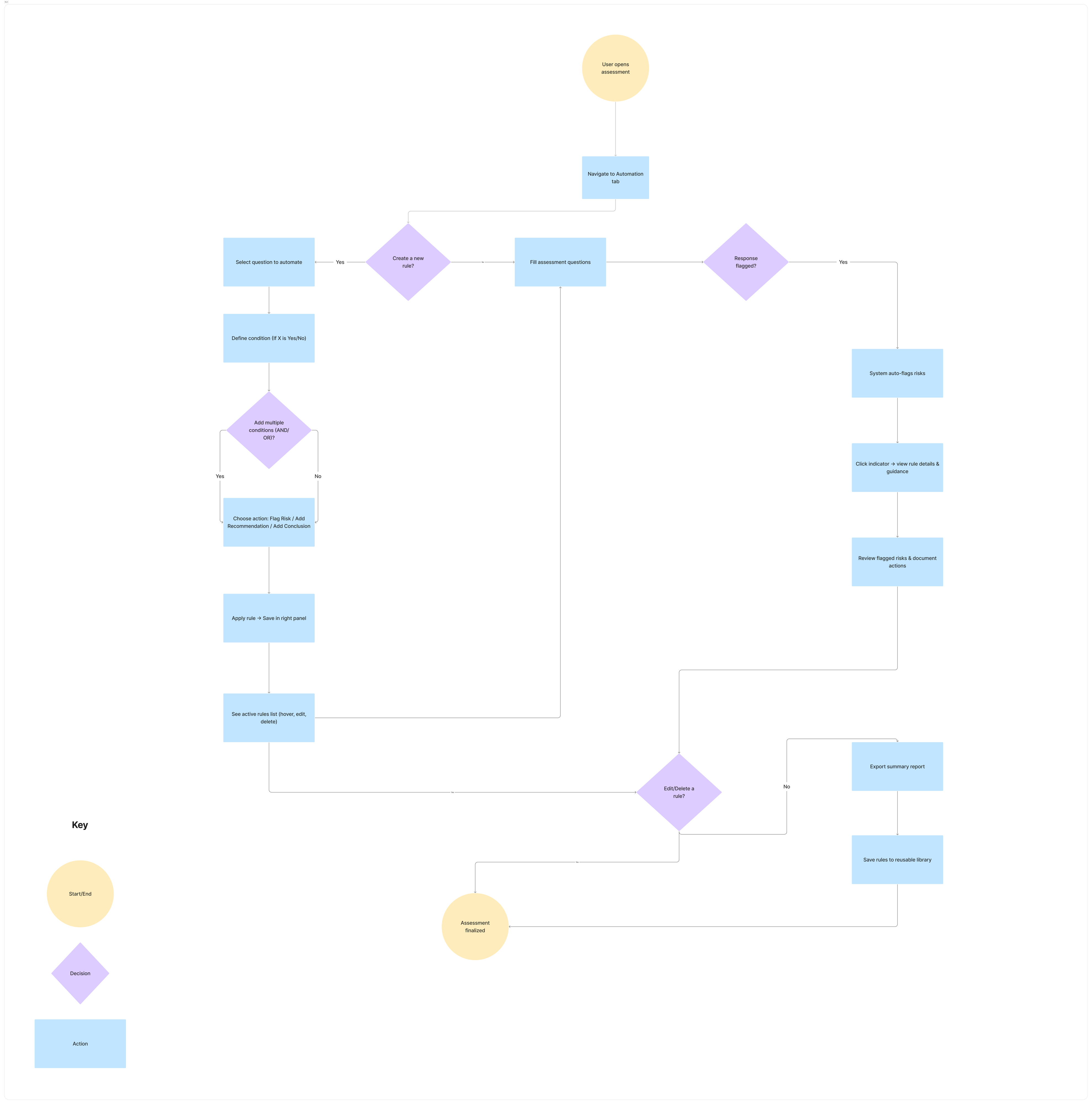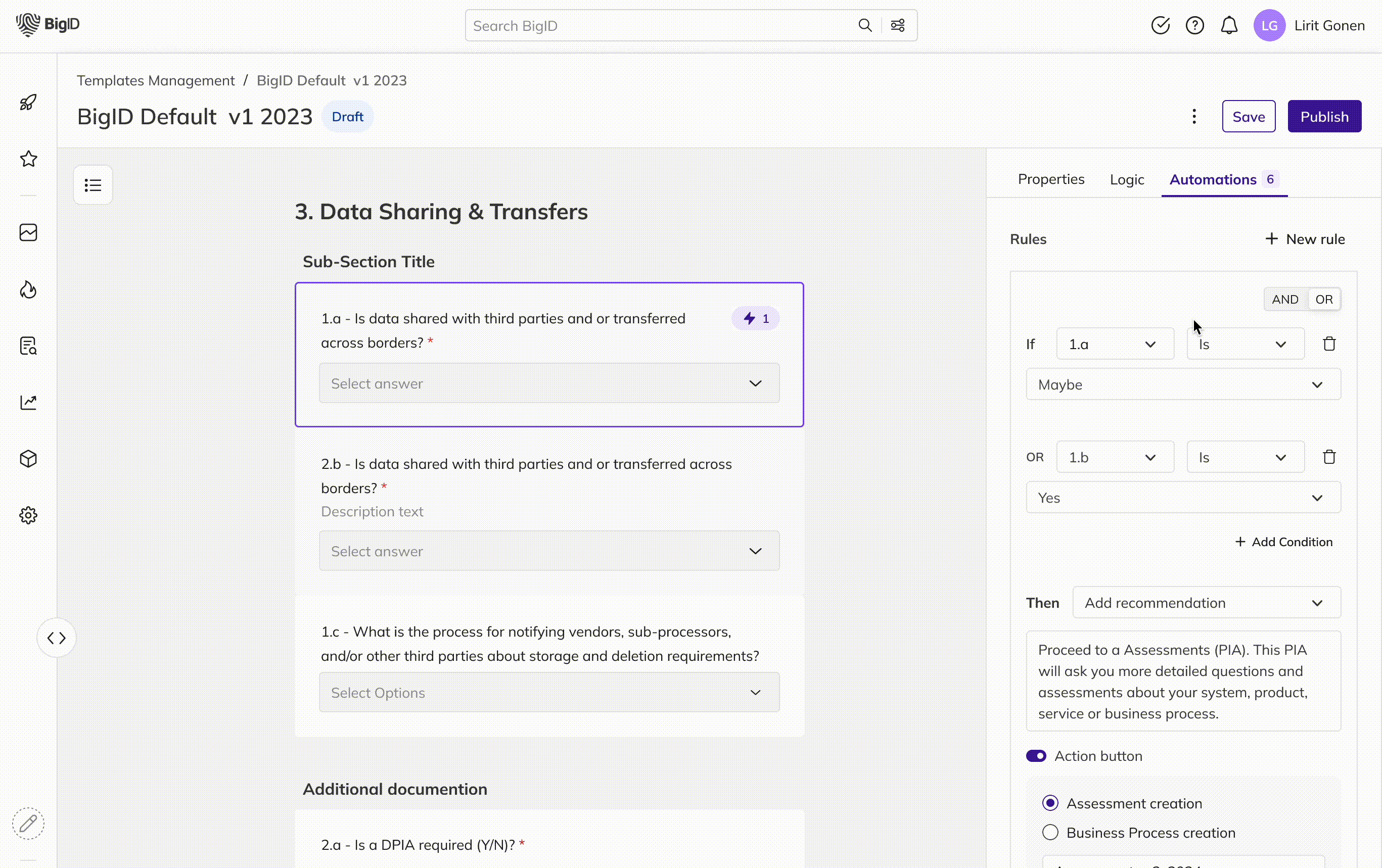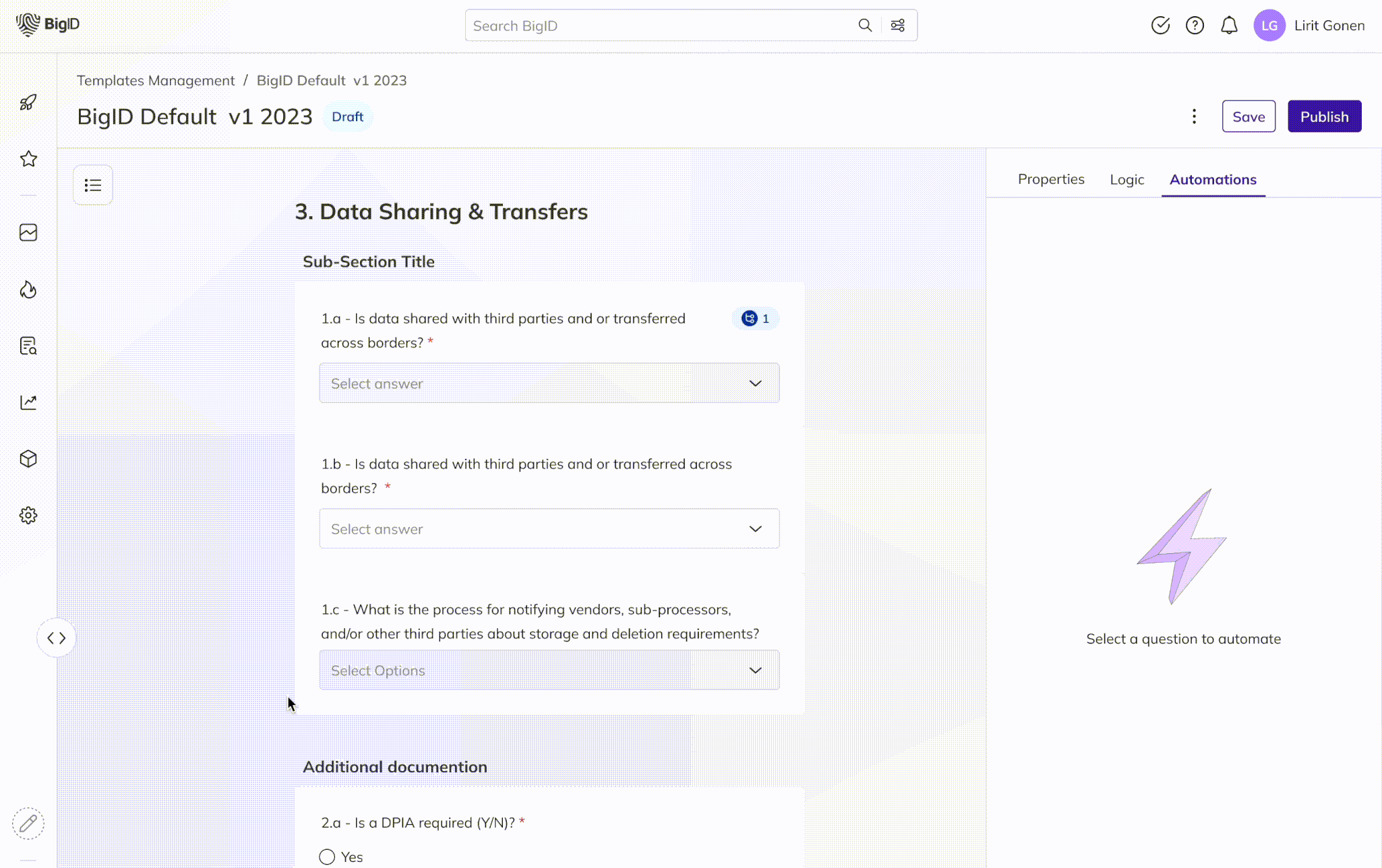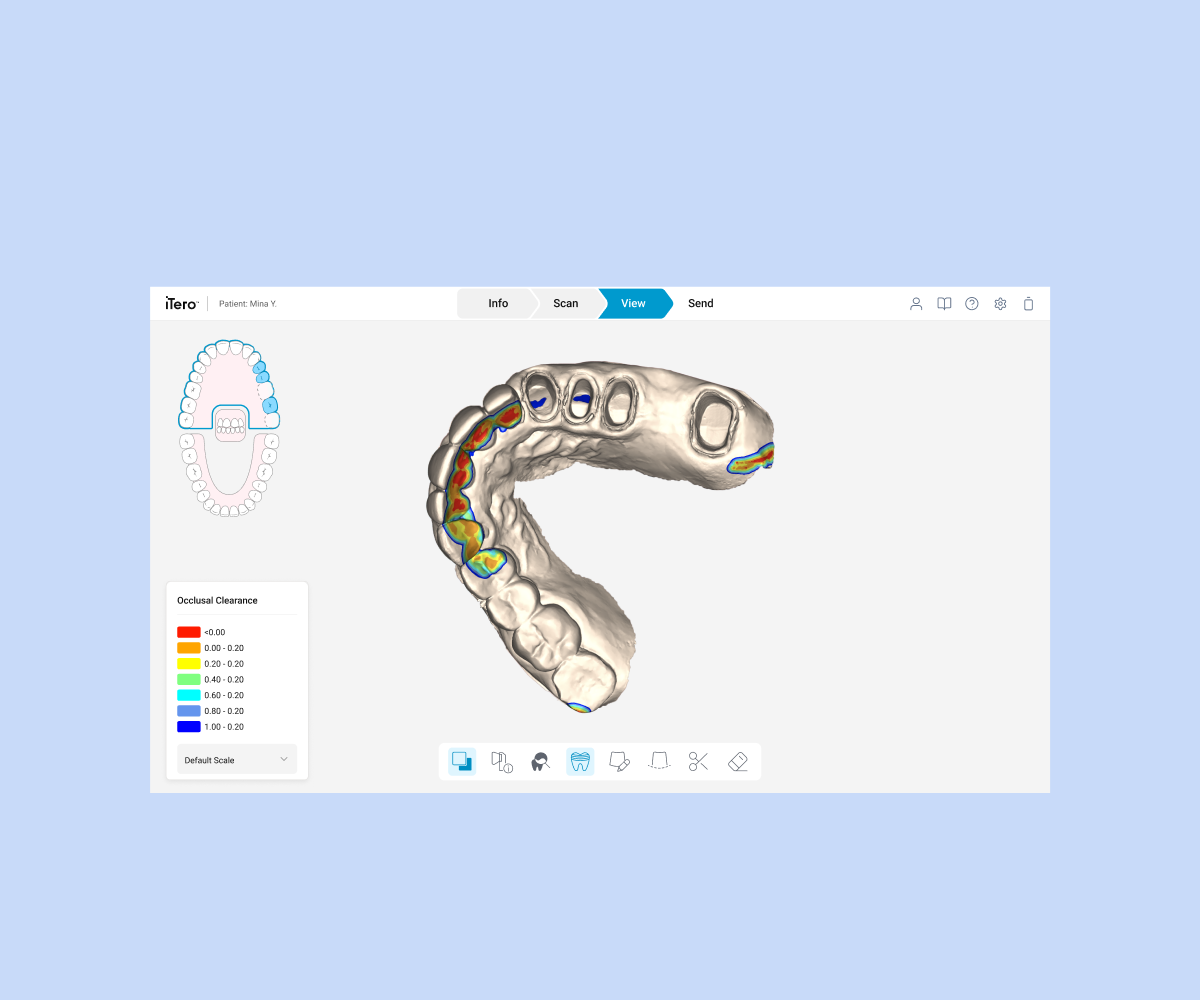Customer Journey
End-to-End Flow
Understanding how users interact with the automation system from initial setup through ongoing management.
1. Open Assessment
Users begin by opening a privacy assessment and navigating to the new Automation tab
2. Create Rules
They can create rules by selecting questions, applying conditions, and combining logic (AND/OR) as needed
3. Auto-Flag Risks
As assessments are completed, the system automatically flags responses that trigger these rules with clear visual indicators
4. Review & Manage
Reviewers can hover, view, edit, or delete rules to keep them accurate and relevant
5. Maintain Compliance
The journey concludes with a consistent, transparent review process where risks are flagged in real time, enabling teams to act quickly and confidently










